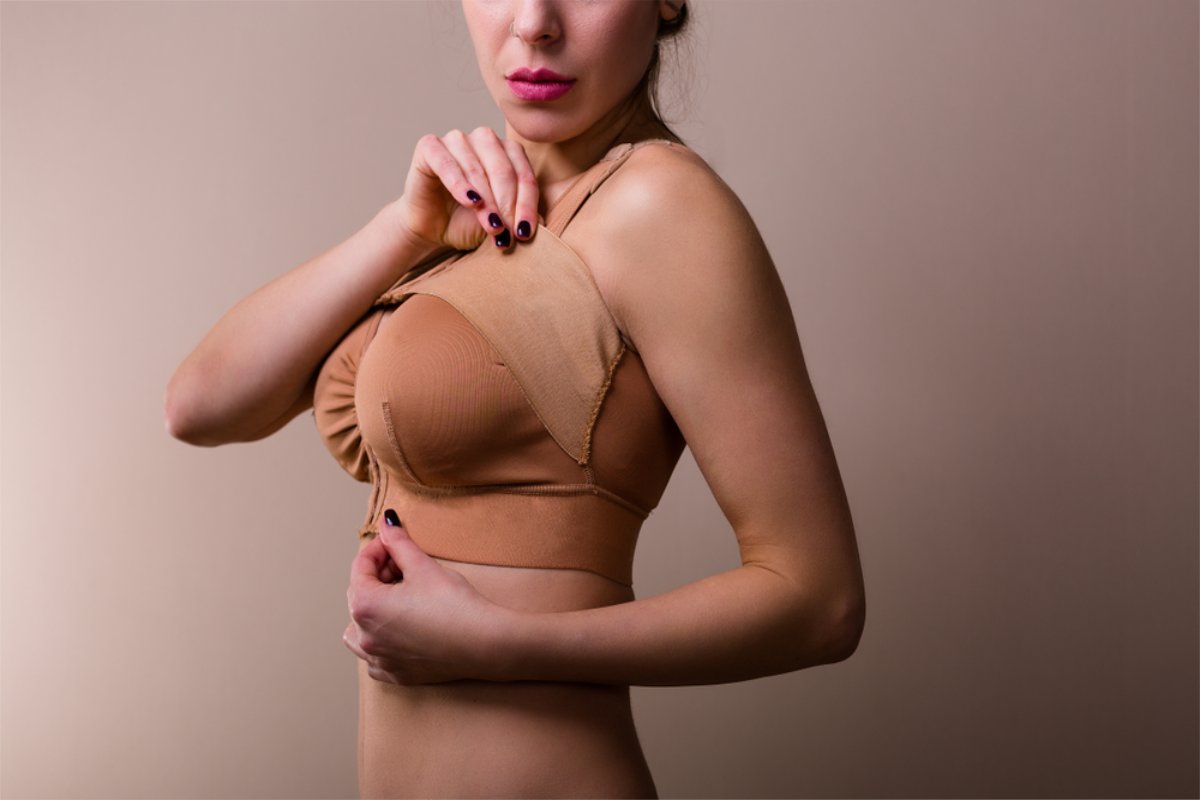Breast augmentation, or mammoplasty, is one of the fastest-growing cosmetic surgeries for women. The surgery generally increases breast size and provides a fuller, more youthful appearance. Breast augmentation involves inserting implants under the breast tissue. The procedure is done by experienced plastic surgeons and involves general or localized anesthesia. Here are important things to know about breast augmentation, including what it involves, what you can achieve, candidacy requirements, and what to expect before, during, and after surgery:
Table of Contents
What Does Breast Augmentation Achieve?
Breast augmentation is a breast enhancement procedure used to make the breasts look larger, firmer, and more proportional to the client’s stature. If your breasts are small or one is smaller than the other, it can impact how your dress and the type of bra needed. Augmentation surgeries can increase the size and create symmetrical breasts that fit your bikini tops, bras, and other outfits. Breast augmentation can also help boost your breast size after childbirth or significant weight loss. Other benefits include correcting uneven breasts following a surgical procedure and improving self-confidence.
Who Is the Right Candidate for Bread Augmentation?
Anyone who desires larger or more proportionate breasts can consider breast augmentation. The procedure is also feasible when adjusting breast volume lost due to significant weight loss or pregnancy. If you’re unhappy with your breasts’ volume, shape, or appearance, augmentation can help you achieve a more youthful look. The procedure addresses the effects of childbirth and aging, as well as the lack of breast growth. Some people also use breast augmentation surgery to rebuild the breast for various conditions. The surgeon will go through your medical history and personal goals to determine if you’re the right candidate for augmentation.
How Is Breast Augmentation Performed?
Each breast augmentation procedure begins with general consultation. Your plastic surgeon will capture your preferences for size, feel, appearance, and other details. They’ll then present the different implant options, including smooth, textured, round, teardrop, saline, silicon, and more. You’ll also go through the various surgical techniques, which include inframammary, periareolar, and axillary. Inframammary augmentation involves an incision along the breast crease under your breast. Periareolar incisions are made around your nipple/areola and blend with the natural areola colorings. These two are the most popular techniques. An axillary incision is created under your arm.
Once you choose the implants and technique, the surgeon will schedule a date for the augmentation. You’ll get preparation instructions, including insights on what to do and avoid leading up to the surgery. Sometimes the surgery uses local anesthesia to numb the breast, so you’ll be awake throughout the surgery. However, surgeons recommend general anesthesia to keep you asleep and calm. Here’s an overview of how the surgery is done:
- The site is prepared (cleaned and marked)
- Local or general anesthesia is administered
- An incision is made then the breast tissue is separated from the connective tissue and muscles of the chest to create a pocket
- Premade implants are cleaned and inserted into the breast pockets through the incision
- Silicone implants are prefilled with the gel before insertion, while saline implants are empty during insertion and filled with sterile salt water
The implant is situated, and the incision is closed with sutures and bandaged with a skin adhesive and surgical tape
What Is The Post-Surgery Recovery Like?
Breast augmentation is an outpatient procedure. You can go home the same day. If you live in the Inland Empire, you can look into the breast augmentation price in Riverside, CA, and find out about the best plastic surgeons and facilities. Researching the procedure, implant options and manufacturers, surgeons, facilities, and prices will give you a general overview of what to expect. However, the best approach is to schedule an appointment with a surgeon. The recovery time for most patients is five to six weeks, and the implants will settle into position within three to six weeks. Here are some of the things to expect during recovery:
- Expect soreness, swelling, and possible bruising for a few weeks
- Consider wearing a sports bra or compression bandage for extra support
- The surgeon might prescribe painkillers to help you deal with the discomfort
- Avoid strenuous activities and anything that raises blood pressure
- Follow the surgeon’s instructions for returning to your job
- Expect your breasts to be sensitive to touch and movement
- Sleep on your back until the incisions are fully healed
FAQs About Breast Augmentation Surgery
Will the scars fade completely?
The scars left by the incision will fade over time, so this shouldn’t be an issue by the third month. When fully healed, the scars are barely noticeable. However, the scars won’t disappear completely.
How long do breast augmentation surgeries take?
Breast augmentation procedures can last from one to two hours, depending on the complexities of creating the breast pockets. Some people also need longer pre-surgery briefings.
Are breast implants safe?
Yes. Breast augmentations are safe when done by experienced board-certified surgeons and approved techniques. However, all surgeries have risks and potential complications or side effects.
Can I have children and breastfeed after augmentation?
Yes. Breast augmentation doesn’t impact your ability to give birth. However, the surgery may affect how much milk you produce. Pregnancy/breastfeeding can also affect the results of your surgery.
How long does it take to recover?
Most clients are fully recovered by the sixth week. You can resume routine activities earlier in some cases. The breast implants will be fully settled and flattering three to six months after surgery.

